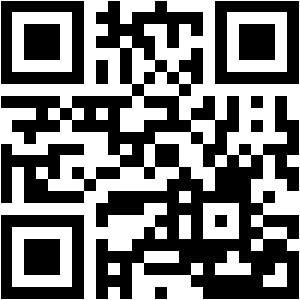| University | University of Auckland (UOA) |
| Subject | Economics |
Questions
1. Suppose the wage rate is $5 and the price of each unit of capital is $15. The price of output is constant at $96 per unit. The production function is
f(E,K) = E(2/3)K(1/3), where E is the level of employment and K is the level of capital.
a) Suppose the current capital stock is fixed at 125 units. How much labour should the firm employ in the short run when the wage is $5? How much labour should the firm employ in the short run when the wage is $10? Calculate the short-run elasticity of labour demand when the wage increases from $5 to $10.
b) Calculate the long-run capital-labour ratios when the wage is $5 and when the wage is $10. Calculate the elasticity of substitution when the wage increases from $5 to $10.
c) Continue with (b), can we say conclusively whether the firm will use more labour or less labour when the wage increases from $5 to $10? Can we say conclusively whether the firm will use more capital or less capital? Use the substitution effect and the scale effect to explain your answer.
d) Assume that the substitution effect dominates the scale effect. Does the firm use more capital or less capital? Does the firm use more labour or less labour? Draw a graph of isocost lines and isoquants to illustrate the substitution and scale effects for labour. Identify the substitution effect and the scale effect on the graph.
Stuck! Do not Know Assessment Answers?
Hire NZ Native Experts 24/7.
2. The labour supply curve is E = 30 + 4w and the labour demand curve is E = 90 − 2w, where E is the level of employment and w is the hourly wage.
a) What are the equilibrium wage and employment if the labour market is competitive?
b) Calculate the labour supply elasticity and labour demand elasticity at the equilibrium.
c) Suppose the government imposes a payroll tax of $6 on the employers, and so the labour demand curve under the payroll tax becomes E = 90 – 2(w + 6). What are the equilibrium wage and employment under the payroll tax?
d) Draw a graph of the labour supply and labour demand curves with and without the payroll tax. Calculate the deadweight loss from the payroll tax.
e) Do the employees or the employers pay more of the payroll tax? Use the elasticities calculated in (b) to explain.
f) Suppose the government imposes the $6 payroll tax on the employees instead of the employers. What is the deadweight loss? Do the employees or the employers pay more tax?
Buy Custom Assignment & Homework Solutions
Pay to NZ Native Writers | Cheap Cost & Plag Free
Get instant assignment help on Economics in New Zealand. Our Auckland assignment writers serve you the best quality and error-free economics assignment help. They will assist you 24 hours a day and 7 days a week to get an A+ grade in your business field.
- Nursing Assignment 3 : Factors that Impact Registered Nurses’ Ability to Influence National Government Health Policy
- The Management and Behaviour or Pregnant Sows on Pasture Assignment 1 | Massey University (MU)
- HAS 962 – Occupational Hygiene: Measurement Assessment 4 AIOH Technical Report | UOW
- IT00143 Install & Optimize Software Applications Assignment | Pacific Polytech
- Digital Tourism and Hospitality Assignment Report | Auckland University of Technology
- HEAL840 Critical Enquiry for Evidence Based Practice Additional Assessment Opportunity (AAO) Semester 1 2025
- RES903 Research Dissertation Assessment One | Nelson Marlborough Institute of Technology (NMIT)
- 71338 Managing Change Assessment 3 Strategy and Implementation Report | Open Polytechnic
- BSRV4601 Fundamentals Real Estate Assignment 1: Eligibility and licensing | Open Polytechnic (OP)
- MGMT801 Managing in a Multi-Cultural Environment Assignment 1 Report, Auckland Institute Of Studies (AIS) New Zealand


